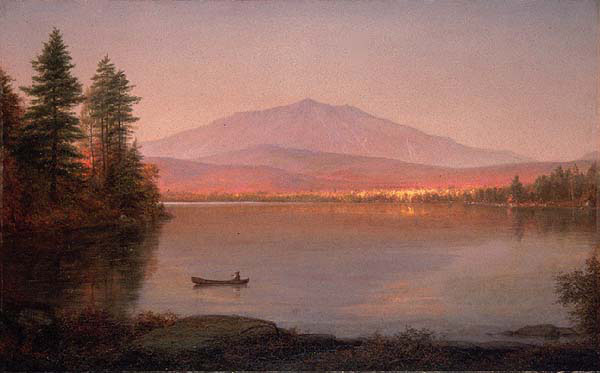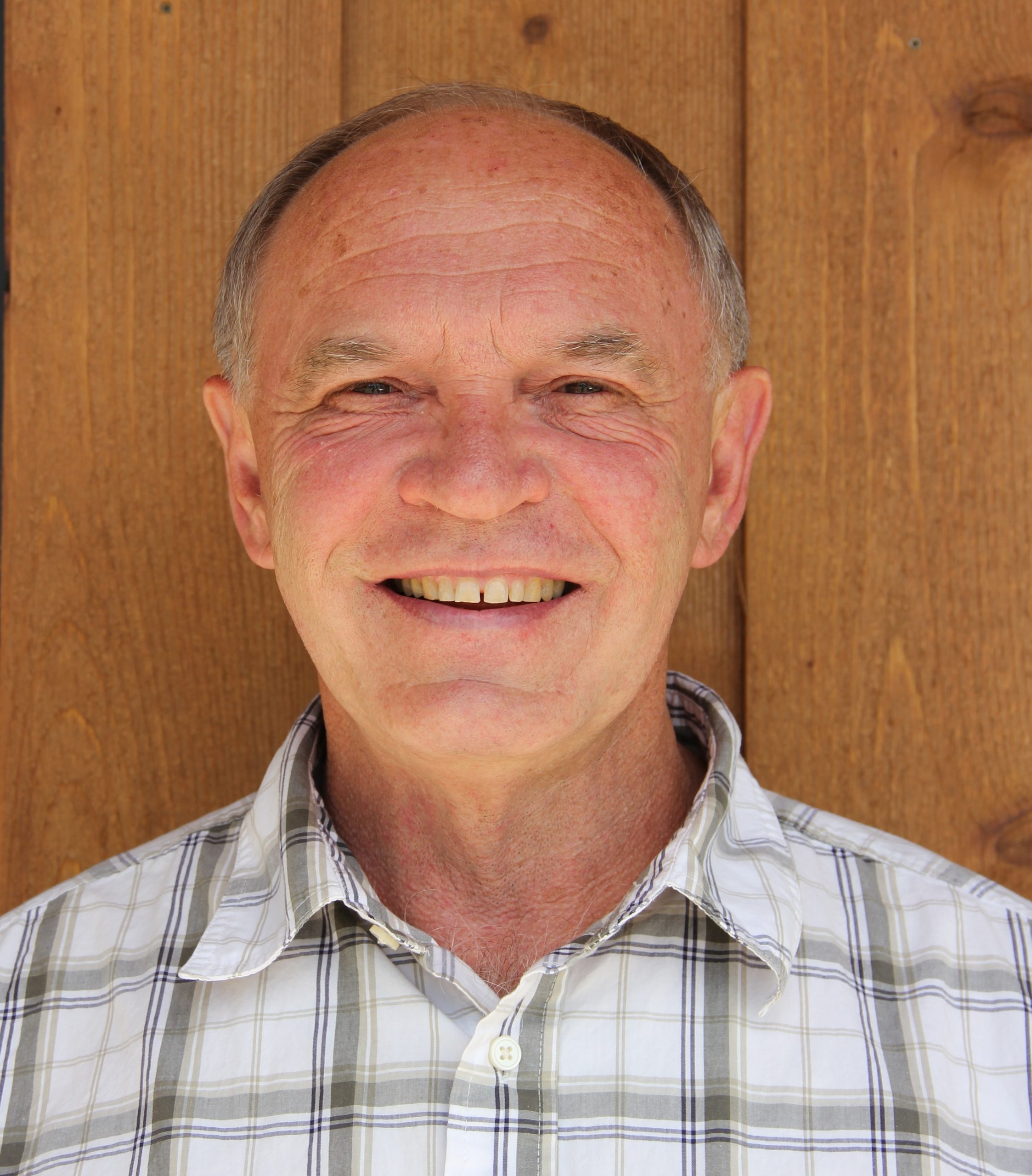Should the federal government create a national park in the North Woods? It’s a question that divides many in Maine. Some fear the effects of more federal control in the state. Others say a new park will bring economic growth to a depressed region.
The topic was discussed at a conference last week at Colby College on “Community, Culture and Conservation.” Conference panelists debated whether the National Park Service can afford to add more red ink to the park system. The agency will celebrate its 100-year anniversary later this year with a $12 billion backlog of unfunded maintenance projects — an amount five times higher than the agency’s latest budget. With such an enormous maintenance backlog, adding another national park would stretch park resources even thinner.
Conference presenters explored several innovative alternatives to the traditional national park model. Pete Geddes of the American Prairie Reserve in Montana, for example, explained how his organization is creating the largest nature reserve in the continental United States. The reserve is funded entirely by private philanthropy and is open to the public. The group is proving a new model for conservation in which private organizations protect and manage public parks themselves — with no federal funding needed.
Or consider the Tallgrass Prairie National Preserve in Kansas. The preserve is jointly managed by the Nature Conservancy and the National Park Service. Just 30 acres of the preserve’s 11,000 acres are owned by the federal government. The rest is owned and co-managed by the nonprofit conservancy.
These alternatives suggest how a national park in the North Woods might gain wider support: Suppose it were operated as a national park franchise. The idea is described in a recent article by Holly Fretwell in the George Wright Society’s National Park Centennial Essay Series, a publication that explores the challenges facing national parks. Fretwell is a research fellow at PERC, a nonprofit research institute that promotes free-market solutions to environmental issues.
Under a park franchise, a private landowner would retain ownership of the land but would operate it under the national park “brand.” The Park Service would specify certain management terms and conditions and monitor the franchisee’s operation. This would be much like any other business franchise, in which a restaurant or hotel owner operates independently under a company’s brand name with strict obligations for maintaining the chain’s quality of service. The franchisee — whether a nonprofit organization, business or group of individuals — would be responsible for funding all management and maintenance of the park.
Such an approach just might work in Maine’s North Woods. Under a franchise system, groups such as Elliotsville Plantation Inc., which is proposing to create a national park on its land in the Katahdin region, could negotiate a management plan with the National Park Service. The group has already offered to establish a $40 million endowment to support park operations and maintenance. The landowners would benefit from the national park brand, and the Park Service would avoid having to fight for funds in Washington.
In February, the director of the National Park Service, Jon Jarvis, called for “continued engagement” on the North Woods national park proposal. But as the agency enters its centennial year with a $12 billion maintenance bill, it is clear that the Park Service cannot afford to expand as usual. A national park franchise system would provide a low-cost way to create and protect parks, all while helping to ensure that the Park Service has the resources it needs to succeed in its second century.
Originally appeared in the Bangor Daily News on April 13, 2016.





